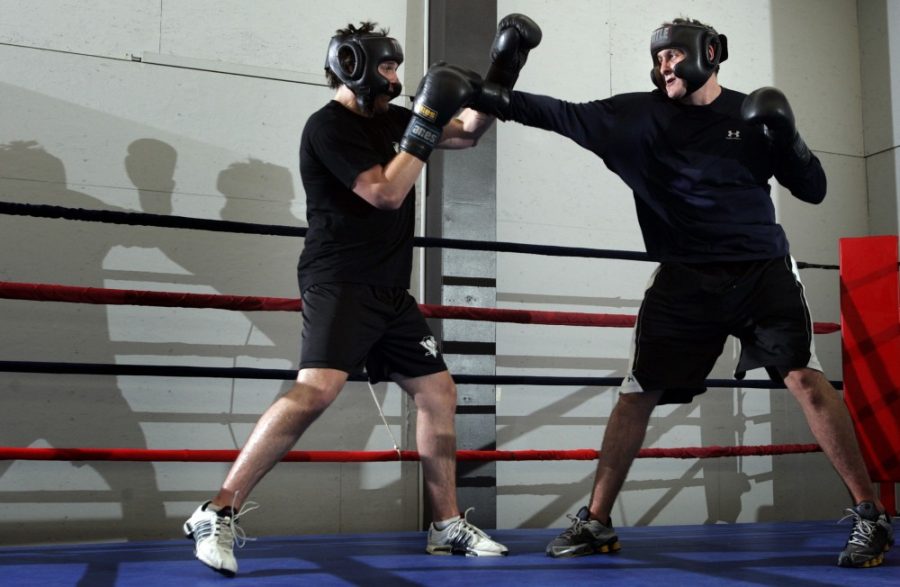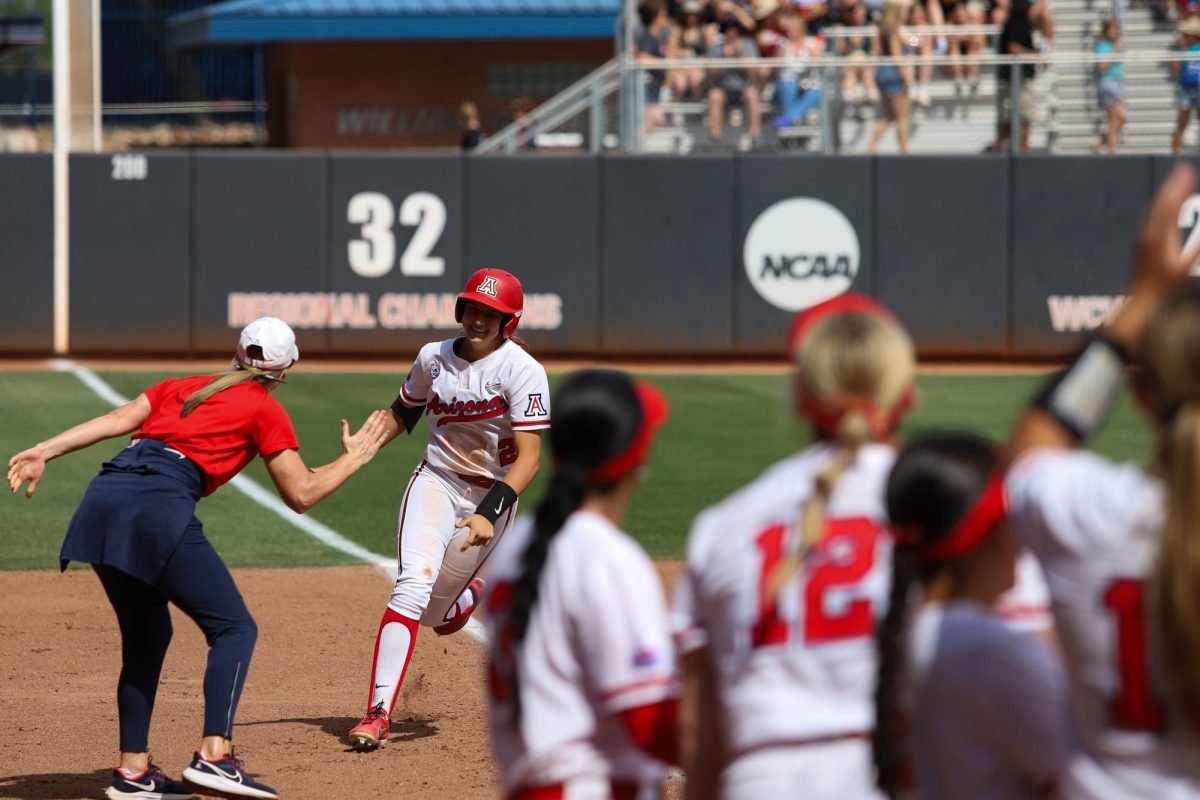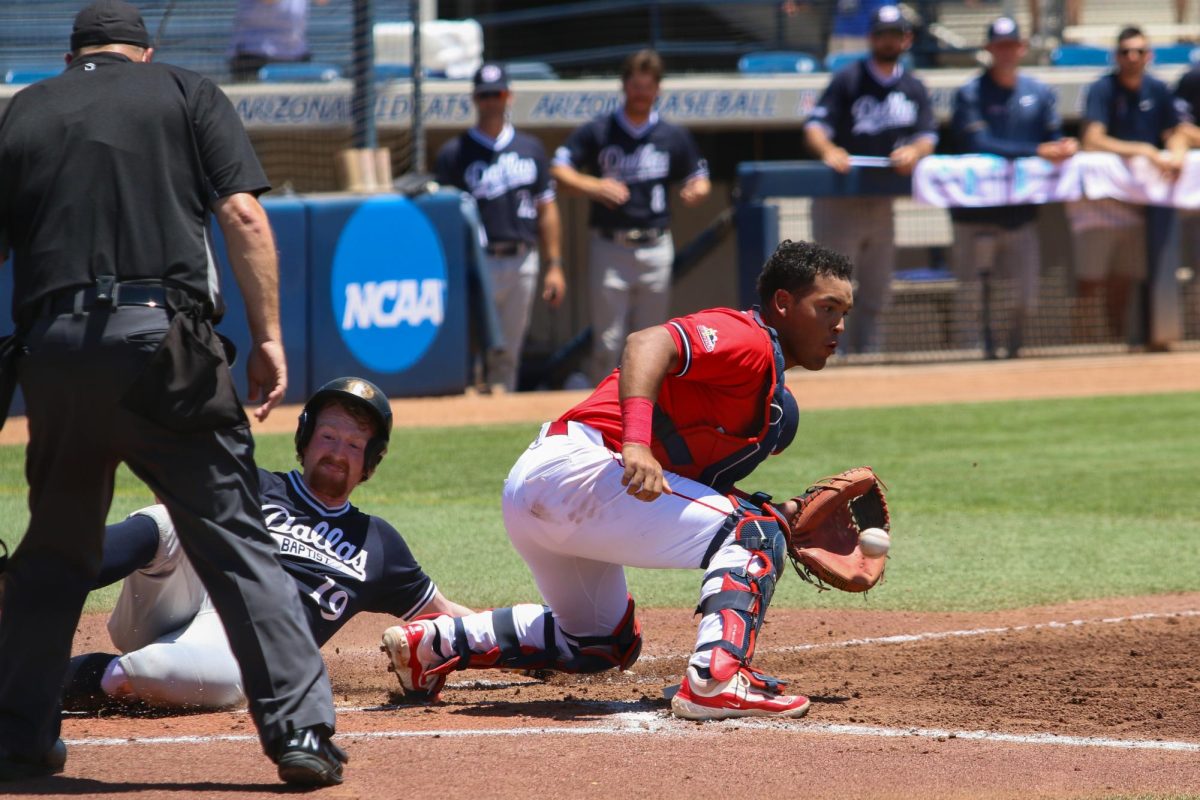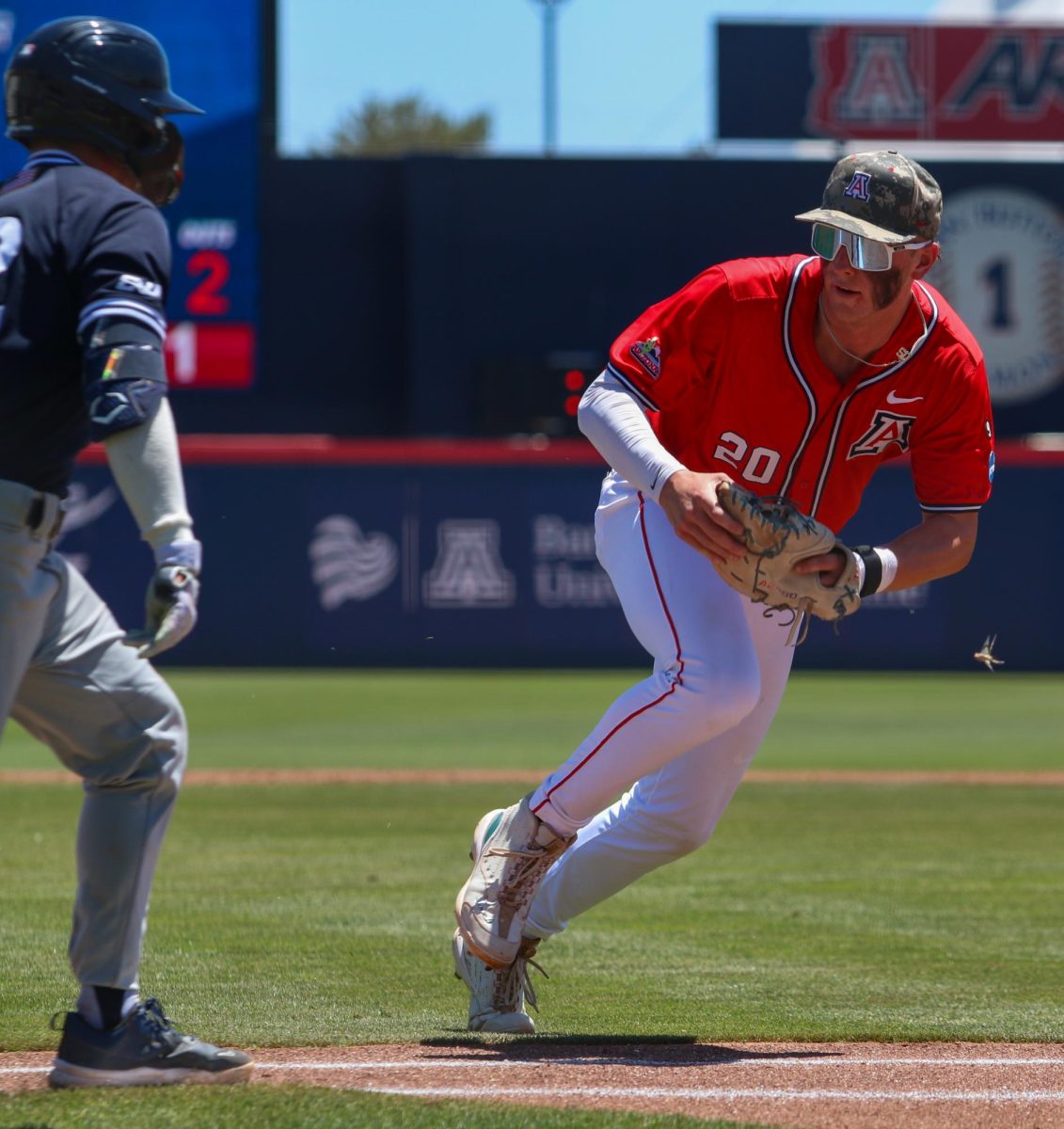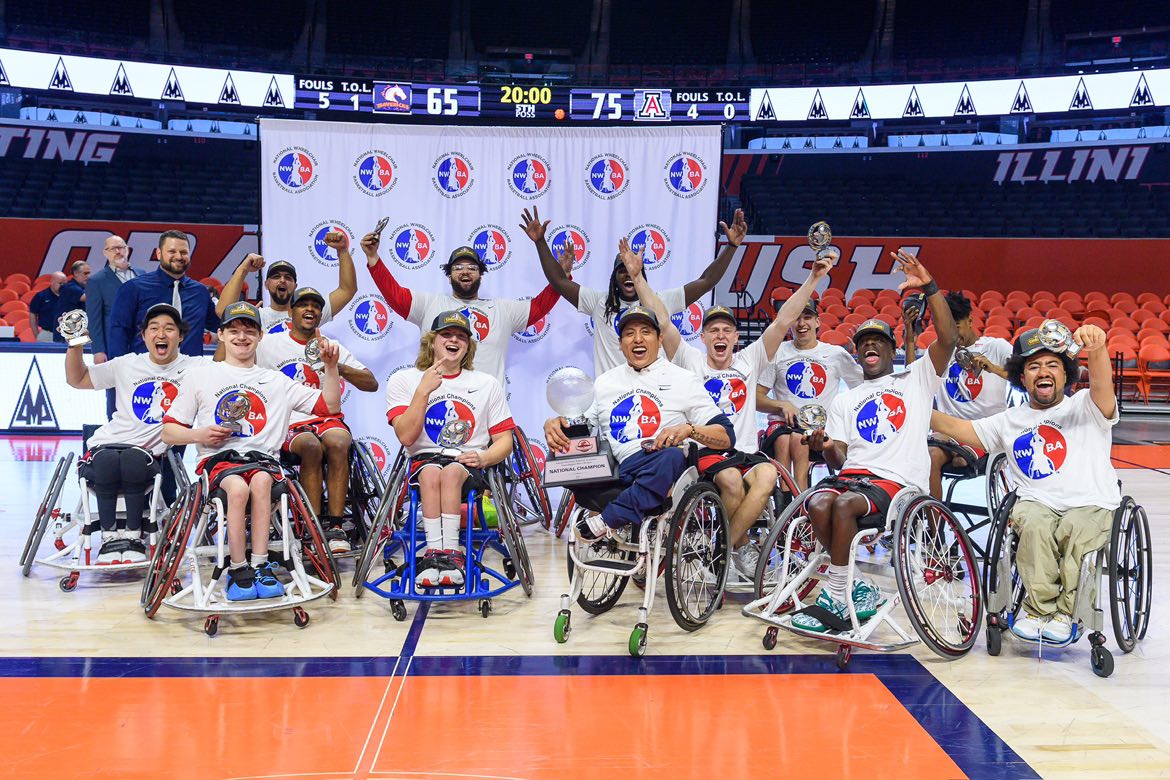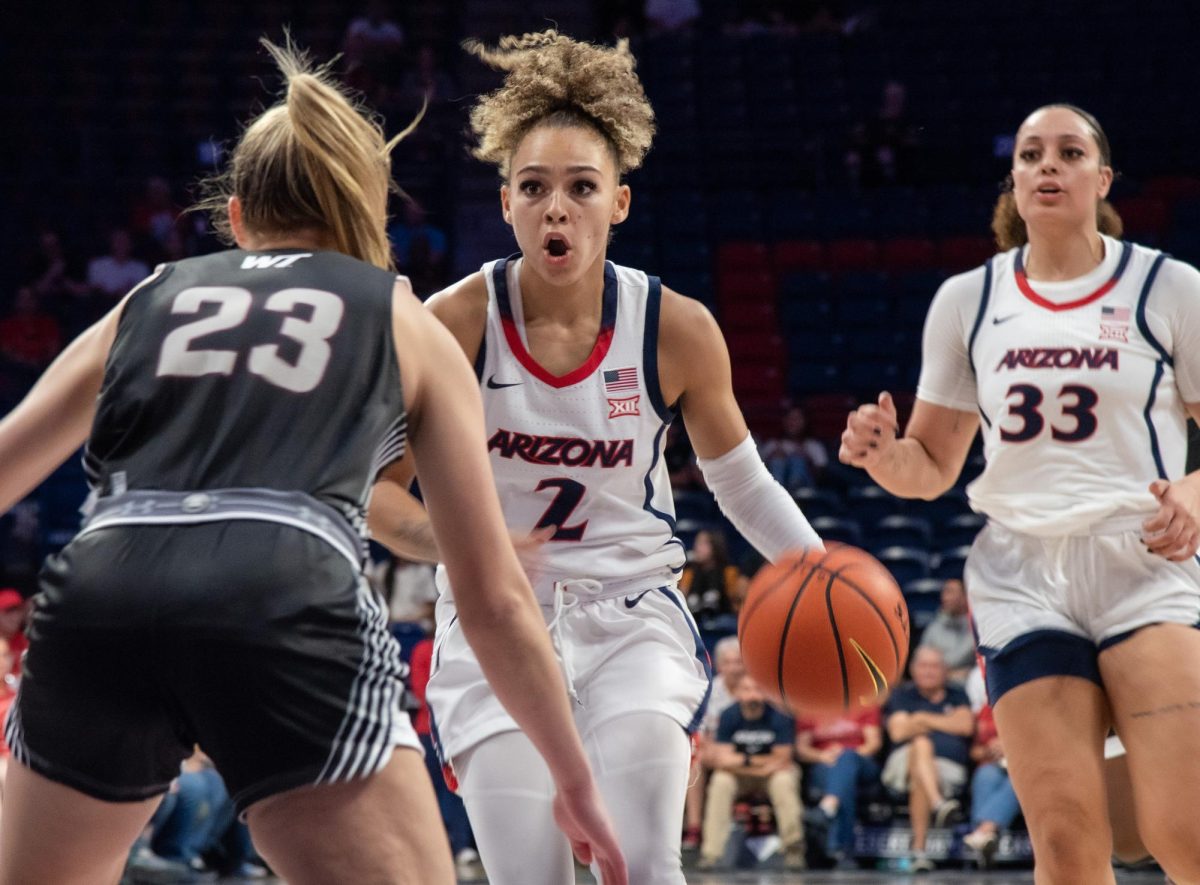Darren McCarty was one of my favorite players as a kid. To me, the play that best defined his career will always be the Brawl in Hockeytown, where he beat Claude Lemieux to the boards.
That’s who McCarty was, physical and fearsome, the ultimate enforcer. His play, but mostly his grit, helped to propel the Red Wings to their first Stanley Cup in 42 years.
In the next few years, his contributions would help lead the team to two more. After the 2004 lockout, when salaries had to come down to meet the newly installed cap, McCarty was the first to go.
The modern salary cap has ensured that the enforcer, the once absolutely necessary tough guy, is on the way out. When there’s limited money to spend it will almost always go to the guy who can contribute on the scoreboard, not the one that will sit in the box.
In that way, the professional game is becoming more like college and European hockey, where it is not only frowned upon, but downright outlawed.
Unlike in the NHL, a fight in ACHA hockey means immediate removal from the present game and disqualification from the next one. Sure, the league’s not that far along yet, but punitive measures have certainly reduced the amount and severity of fights.
Take for instance that:
- The last bench clearing brawl took place in 1987, between the Bruins and Nordiques of the Adams division. Neither the Nordiques nor the Adams division still exist.
- A player will now get an additional two minute period if they remove their helmet, a ritual of enforcers
- All rookies from 2013-2014 season moving forward are required to wear visors, which makes the act of fighting more difficult
- There was an average of less than one fight per game last year, compared to 1.31 in the 1987-1988 season
Fighting isn’t gone yet, but there’s a clear downward trend.
The tough guys still exist, the game will always need people that can protect their teammates. It’s just that now they can’t be one dimensional guys, they need to bring more to a team than just their fists. The heavyweights, for the most part, are gone.
Marty McSorley and Bob Probert, two of the most fearsome enforcers of the bodyguard era, would probably never have had the success they achieved in today’s league.
A few still float around to be sure, but it’s often for an immediate purpose. The offseason after Milan Lucic ran Buffalo’s goaltender, Ryan Miller, the Sabers brought John Scott in with the express purpose of going after star Bruins players.
The next season, he took a headshot on Loui Eriksson, earned a seven game suspension, and was not resigned by the club. That’s par for the course now. Enforcers are brought in on short term contracts to give a team a team that can’t stand up for itself physically a little bit of grit.
I don’t believe fighting will ever completely leave the game, but new rules have lessened its impact with each passing year. As fighting becomes less useful and newer saber metrics place more emphasis on playing ability, the last few true enforcers will fade out of the league.
Follow Ryan Wilson on Twitter.



